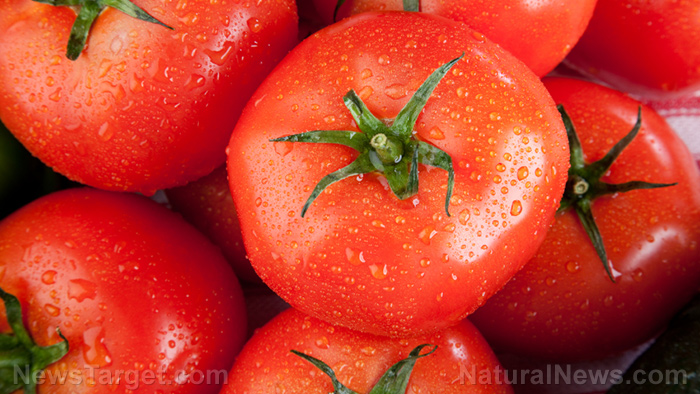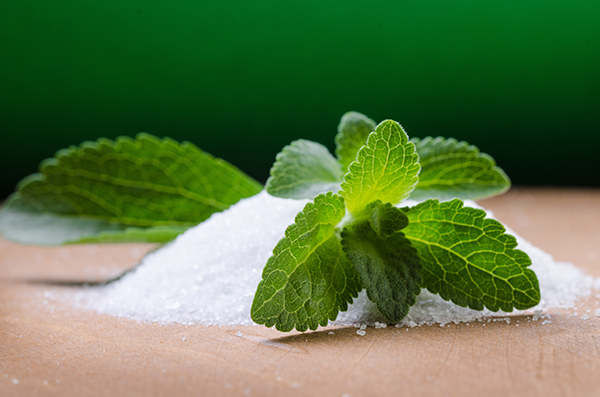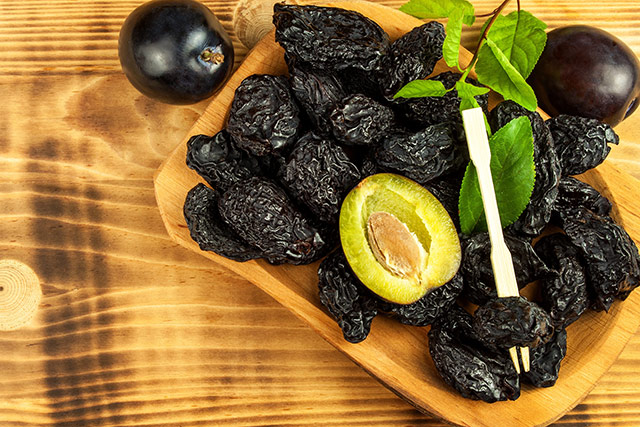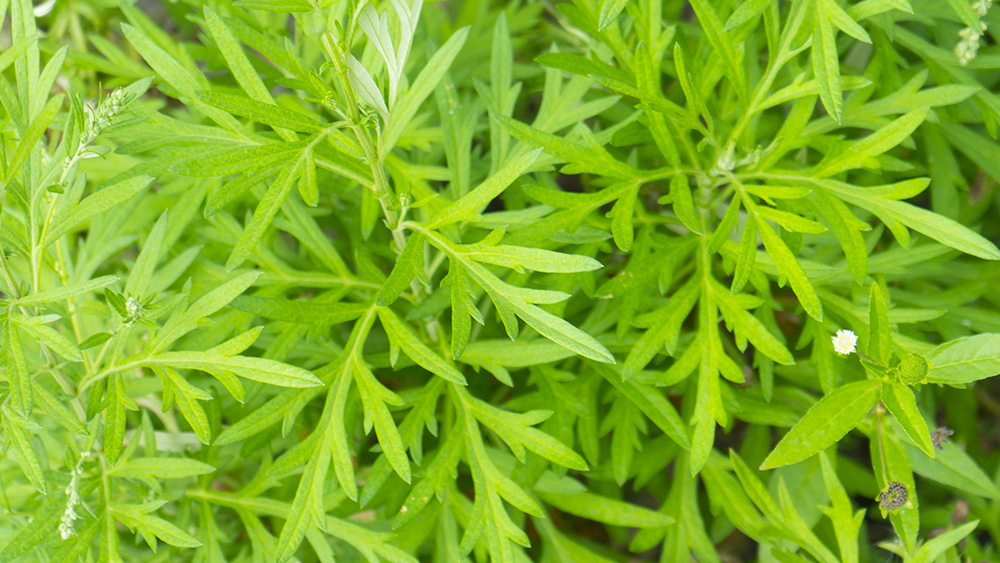 Parler
Parler Gab
Gab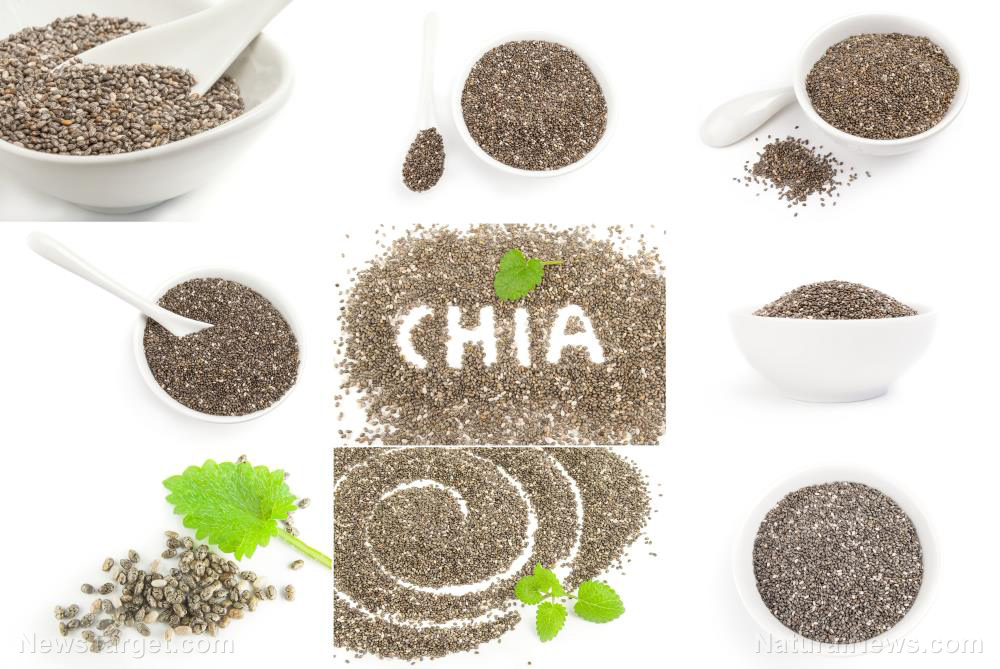
- Chia seeds create “structured water,” enhancing cellular hydration beyond typical hydrating foods.
- Used historically by the Tarahumara for endurance running, their gelatinous texture retains hydration during exertion.
- Offer fiber, omega-3s and electrolytes, seamlessly integrating into meals like chia pudding or water.
- Benefits include heart health and blood sugar control, though excess consumption may disrupt digestion or medications.
- Strategic meal planning leverages chia’s versatility for balanced diets and time-efficient preparation.
The science: Hydration on a cellular level
Chia’s hydration prowess stems from its interaction with water. The seeds’ soluble fiber—a soluble nutrient—facilitates a reaction where water molecules form a “structured” (or “gel”) phase, a state theorized to mimic how water behaves in living cells. This process is distinct from plain water consumption: structured water bypasses rapid excretion, extending hydration windows. Registered dietitian Chelsea Rae Bourgeois notes chia’s dual benefits: Fiber content reduces bloating concerns (if consumed in moderation) while acting as a “sponge” for retaining fluid. At 9.8 grams of fiber per ounce, chia also supports digestive health, feeding gut microbiome beneficial bacteria while displacing harmful strains. Nutritionally, the seeds pack omega-3s, protein (4.7g/ounce) and minerals like magnesium and phosphorus, bolstering their value as a superfood. However, potential drawbacks exist: excessive chia intake may cause gastrointestinal distress or interact with blood pressure/sugar medications. Cost, too, poses a hurdle—premium pricing discourages regular use for some households.From the tribe to the table: Integrating chia into modern diets
Chia’s adaptability makes it a pantry staple. Chia water—chana seeds steeped in 2 cups of liquid for 20 minutes—offers quick hydration on-the-go. For daily use, Dr. Cohen suggests incorporating seeds into smoothies, overnight oats, or even soups. A popular method combines chia with coconut water, lemon and honey, yielding a refreshing, electrolyte-packed beverage. Meal planning experts align chia with efficiency. Its stability at room temperature or in the fridge allows prep-ahead bakes, cereals, or no-cook puddings. The “make once, eat thrice” mantra shines here; chia pudding can become a base for breakfast, a salad topping, or a snack with added fruits. Pairing chia with grains like quinoa or farro amplifies protein and fiber intake, meeting dietary needs without overcomplication. Vegetarians and athletes particularly benefit. A study by Bourgeois highlights chia’s role in managing blood sugar and lowering inflammation, appealing to diabetics and chronic pain sufferers. Post-workout recovery shakes gain a hydration-boosting edge when fortified with chia gel, outclassing sugar-laden sports drinks.The meal planning edge: Chia as culinary versatility’s ace
Practical chefs and home cooks leverage chia to streamline meal prep. Its astringent-free taste means it blends subtly into recipes. For example, adding chia to soups thickens them incrementally without requiring dairy, ideal for allergy-conscious diets. Mixed with dried fruits and nuts, it becomes a hearty trail mix, while stirred into yogurt or porridge creates a satiating breakfast. Meal planning columnist Sharon Rose advocates prepping in bulk: “Soak chia seeds in water overnight and refrigerate for quick additions to coffee or tea—a 10-second breakfast.” Cooking strategist Suzannah Kolbeck suggests rotating chia into weekly themes, like a “Protein Powerhouse” Monday or a “Detox Tuesday” with chia-seeded salads. Freezing pre-portioned chia mixtures or adding them to sauces for long-term storage further aids convenience. Cultural versatility adds layers: Mexican iskiate inspires summertime chia fresca, while Indian sabja traditions highlight chia’s cooling effects in Ayurvedic practices. Thus, chia bridges cuisines, offering hydration and flavor universally.Hydration, history and hope—why chia matters now
In an era marked by convenience and health-consciousness, chia seeds symbolize a return to low-tech, high-impact solutions. Their ability to address modern hydration challenges while honoring ancient wisdom offers a blueprint for sustainable nutrition. Dr. Cohen’s insights and the Tarahumara’s time-tested practices reveal a path forward where traditional food meets scientific credibility, fortifying diets without sacrificing taste or practicality. As public awareness grows, integration into daily routines grows simpler: a chia-enhanced drink or meal becomes a quiet revolution in hydration. For the health-conscious, this tiny seed might just be the rim shot finishing humanity’s quest for efficient, nourishing sustenance. Sources for this article include: MindBodyGreen.com Health.com FoodRepublic.comThe indispensable Tomato: A superfood with exceptional health benefits
By Laura Harris // Share
By News Editors // Share
Powerful health secrets inside pomegranates: What science says about this ancient superfruit
By Olivia Cook // Share
A simple solution for seniors: Walking faster fights frailty and preserves independence
By Ava Grace // Share
Wormwood: A bitter herb with incredible healing potential
By Ava Grace // Share
Governments continue to obscure COVID-19 vaccine data amid rising concerns over excess deaths
By patricklewis // Share
Tech giant Microsoft backs EXTINCTION with its support of carbon capture programs
By ramontomeydw // Share
Germany to resume arms exports to Israel despite repeated ceasefire violations
By isabelle // Share
